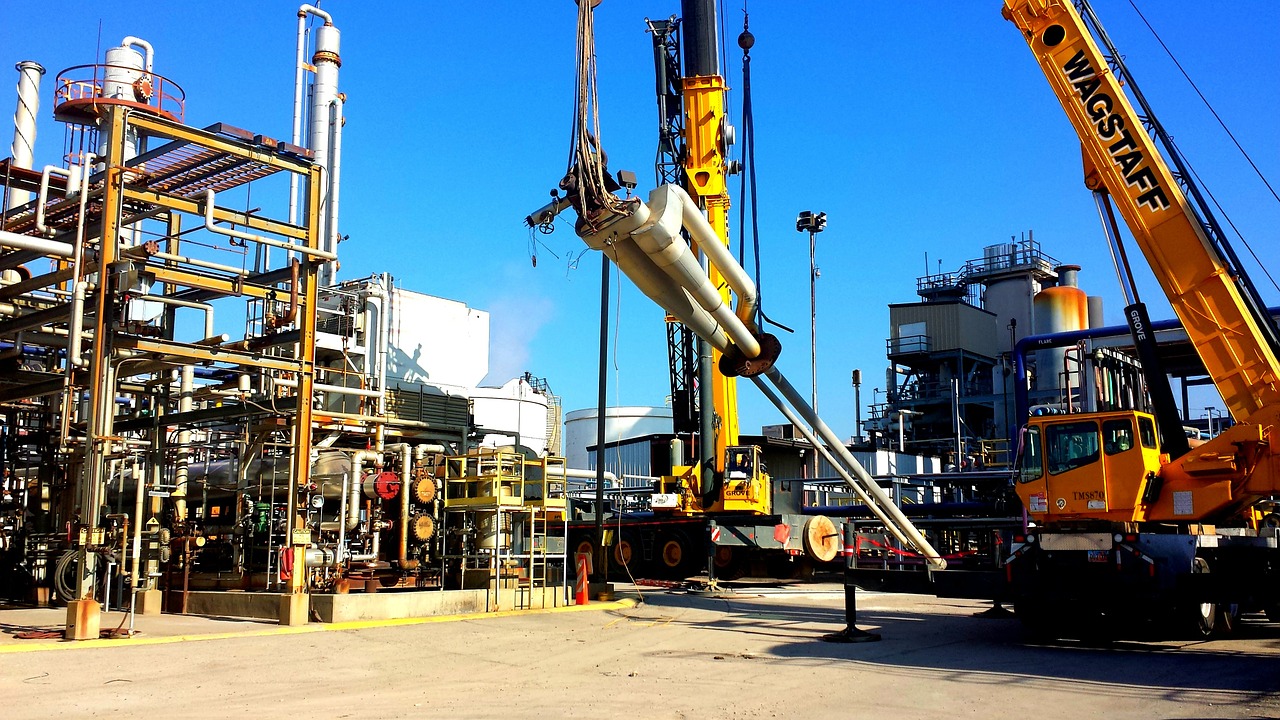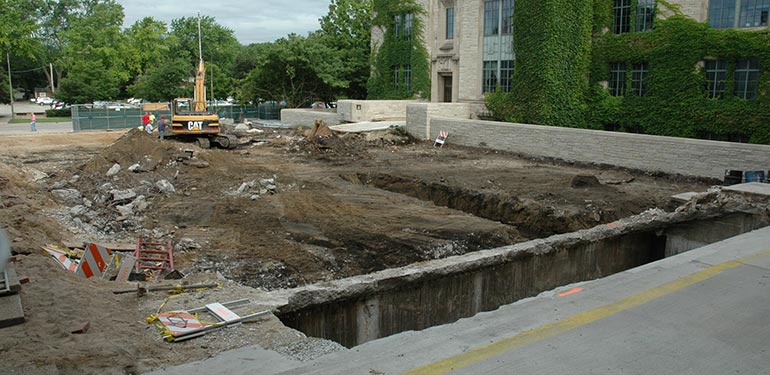A Complete Overview to Coming To Be an Effective Geotech Engineer
A Complete Overview to Coming To Be an Effective Geotech Engineer
Blog Article
The Essential Payments of Geotechnical Engineers in Evaluating Dirt Behavior and Foundation Style for Sustainable Infrastructure Development
Geotechnical designers serve as a keystone in the world of lasting infrastructure growth, where their expertise in assessing dirt actions directly affects the safety and security and durability of structures. By using innovative techniques such as Conventional Infiltration Examinations and Cone Infiltration Screening, they diligently evaluate soil homes, leading to educated decisions on structure layout.
Duty of Geotechnical Engineers

Along with site examinations, geotechnical engineers examine possible threats such as soil liquefaction, slope stability, and groundwater concerns. They use advanced design principles to create solutions that alleviate these dangers, ensuring that designs conform with relevant codes and criteria. Their work typically includes cooperation with other engineering techniques, engineers, and environmental researchers to create incorporated methods to facilities growth.
Additionally, geotechnical designers add to sustainable methods by promoting the usage of materials and techniques that lessen environmental influence. With their comprehensive understanding of soil technicians and geology, they play an important role in promoting secure, resilient, and lasting infrastructure that meets the demands of culture while securing the setting.
Dirt Actions Evaluation Techniques
Understanding soil behavior is fundamental to notified decision-making in geotechnical engineering, as it directly affects the layout and building processes. Different evaluation strategies are used to evaluate dirt residential or commercial properties, guaranteeing exact forecasts of its performance under different loading conditions.
One key method is the Common Penetration Test (SPT), which supplies insights right into dirt density and uniformity via the resistance come across throughout penetration. Cone Penetration Screening (CPT) supplies a continual profile of soil stratification and in-situ strength parameters, making it possible for a much more detailed understanding of subsurface problems.
Laboratory examinations, such as Atterberg limitations, unconfined compressive strength, and triaxial tests, are necessary for characterizing soil behavior under controlled problems. These examinations assist in the resolution of vital criteria, consisting of shear compressibility, permeability, and toughness.

Structure Design Concepts
Structure style concepts are important for making certain the security and durability of structures, as they dictate how tons are transmitted from the superstructure to the underlying soil. These concepts incorporate different factors to consider, consisting of load-bearing capability, negotiation, and side stability. A complete understanding of soil auto mechanics is necessary for geotechnical designers to examine the interaction in between the foundation and the dirt.
One key concept is the appropriate option of foundation type, which might consist of superficial structures, such as spread grounds, or weblink deep structures, like caissons or heaps, depending on soil conditions and structural lots - geotechnical industry. The foundation should be made to minimize differential negotiation, which can bring about architectural damages

Lasting Infrastructure Practices
How can we successfully integrate sustainability right into facilities practices? Lasting facilities methods start with comprehensive website assessments, which review dirt behavior, neighborhood environments, and resource availability.
Additionally, utilizing cutting-edge construction methods, such as making use of recycled materials and low-impact foundations, dramatically minimizes the carbon footprint of infrastructure jobs. Geotechnical designers play a critical duty in selecting proper materials that enhance durability and sustainability, such as using geo-synthetics to improve dirt stability and decrease disintegration.
In addition, lasting facilities methods need recurring monitoring and maintenance to ensure that frameworks remain resistant over time. Inevitably, these practices not just add to the long life of structures but likewise advertise a much healthier environment, lining up framework development with broader sustainability purposes.
Situation Research Studies and Applications
Case research studies in geotechnical design supply useful insights visit homepage into the useful applications of dirt behavior and sustainable facilities practices. One remarkable example is the construction of the Burj Khalifa in Dubai, where extensive soil testing and analysis were performed to review the distinct difficulties postured by the region's loosened sand and high water table. Geotechnical engineers used progressed methods such as dynamic penetrating and cone infiltration screening to identify the soil's load-bearing ability, ultimately causing the layout of a deep foundation system that supports this iconic structure.
Another vital case is the remediation of the San Francisco-Oakland Bay Bridge after the 1989 Loma Prieta quake. Geotechnical analyses exposed the demand for dirt stabilization strategies, consisting of grouting and dirt nailing, to enhance the seismic resilience of the structure. These interventions not just enhanced the bridge's safety but also added to its durability and sustainability.
Such study exemplify how geotechnical designers play an essential duty in recognizing soil behavior and applying innovative remedies to make certain the architectural honesty and sustainability of infrastructure projects. geotech engineer. Their knowledge is necessary in dealing with the complex challenges positioned by various soil problems throughout diverse geographical places
Conclusion
To conclude, the payments of geotechnical engineers are important for the this content evaluation of soil behavior and the design of structures, which are crucial for lasting facilities growth. With the application of advanced screening techniques and innovative products, these experts make certain the stability and safety and security of frameworks while reducing environmental impacts. The combination of lasting methods promotes strength in infrastructure jobs, highlighting the significance of collaboration among stakeholders to accomplish effective construction options that satisfy both ecological and social requirements.
Geotechnical engineers offer as a cornerstone in the world of lasting infrastructure growth, where their proficiency in examining dirt actions straight influences the safety and security and long life of structures.Geotechnical engineers play an important duty in the design and building and construction of facilities by evaluating dirt and rock habits to make certain security and safety. A complete understanding of soil technicians is crucial for geotechnical engineers to review the interaction in between the structure and the dirt.
Geotechnical evaluations revealed the requirement for dirt stablizing strategies, consisting of grouting and soil nailing, to enhance the seismic durability of the foundation.In final thought, the contributions of geotechnical designers are vital for the analysis of dirt actions and the style of foundations, which are essential for sustainable facilities growth.
Report this page